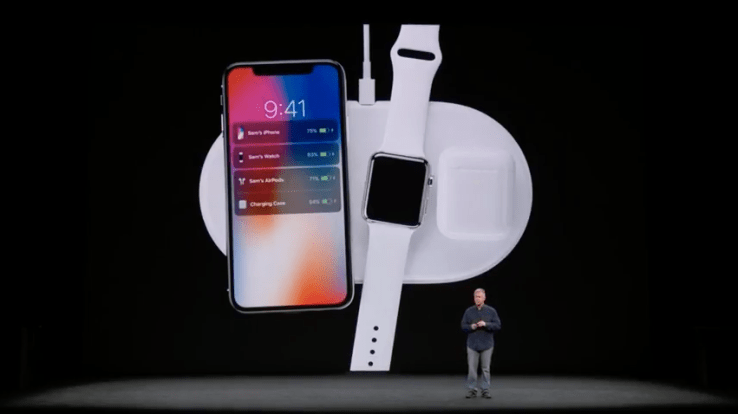
The perennial refrain of Android fans is that Apple is just adding stuff to iOS that they’ve had for years already in their mobile ecosystem. And it’s certainly true that Cupertino makes a point of waiting until it believes a technology is properly baked and the time is juuuuust right — or at least commercially judicious — to introduce a new product or capability, one which has likely already been in widespread use across the mobile platform aisle.
Hence the company is often charged with being an innovation laggard. While its senior execs are always fielding questions about why such and such a product or feature isn’t in Apple’s line-up yet.
The company’s strategy for, you could say, mismanaging expectation has seen it frequently swing from publicly rubbishing a device type or technology — to warmly embracing it a few years later. (Or, well, not, in the case of Flash[1].)
Steve Jobs was master of this dark marketing art. You don’t usually see his more mild-mannered replacement, Tim Cook, deploying the kind of extended public trashtalking that Jobs indulged, raging out at this or that rival tech as ludicrous, impossible to use and horribly designed. Before performing a complete U-turn down the line.
Cook mostly limits himself to getting a bit fired up about Android security and fragmentation[2] during keynotes. But the current Apple CEO has still presided over some major swerves in its position on tech developments — from finally inflating the screen size of the iPhone, in 2014, to adding and (now) extending support for NFC, as well as introducing wireless charging in its newest iPhone 8/8 Plus[3] and iPhone X[4] models.
He was also at...